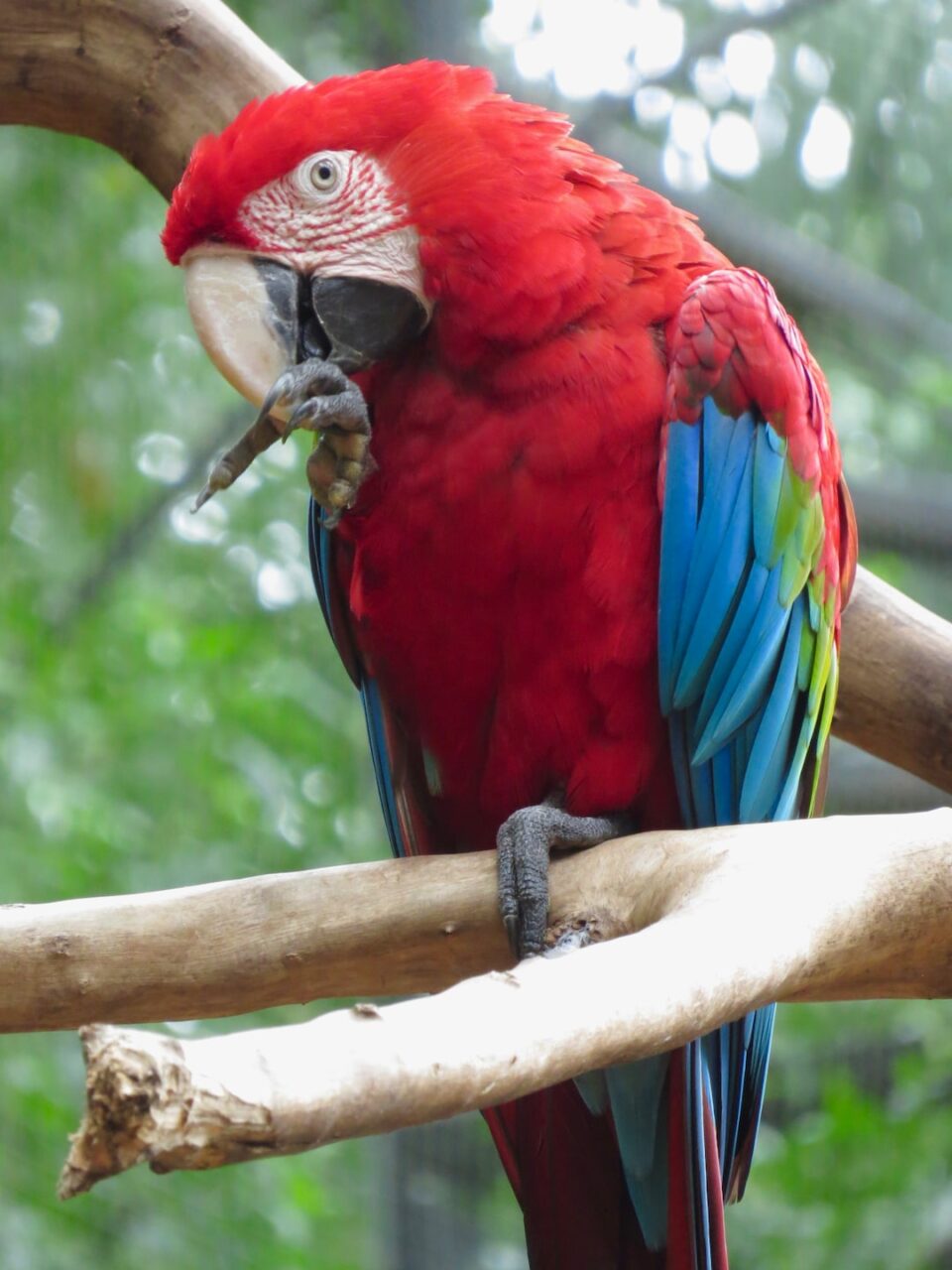Understanding Animal Instincts: Survival Behaviors
When we think of animals, it is often their instinctual behaviors that come to mind. These survival behaviors have been developed and honed over millions of years to ensure the continuation of their species. From the stealthy hunting techniques of big cats to the intricate nests constructed by birds, animals showcase a fascinating array of survival behaviors. In this blog post, we will dive into the world of animal instincts, exploring their purpose, origin, and how they manifest in different species.
Instincts can be defined as innate, fixed patterns of behavior that are characteristic of a particular species. These behaviors are genetically inherited and do not require any form of learning or experience. They are hardwired into an animal’s brain, triggering specific responses in certain situations. While some instincts may vary slightly depending on the individual, the core behavior remains consistent across the species.
One of the most well-known animal instincts is the fight or flight response. When animals perceive a threat, their bodies undergo a series of physiological changes that prepare them to either confront or escape from the danger. This primal instinct can be observed in various species, ranging from lions and tigers to mice and rabbits. The fight response leads to aggressive behaviors, while the flight response triggers an immediate attempt to flee. Understanding this instinct helps us comprehend why some animals become aggressive when cornered, while others swiftly disappear.
Another common survival behavior observed in animals is camouflage. Many species have evolved different strategies to blend into their environment, allowing them to remain undetected by predators or prey. Chameleons are perhaps the most well-known example, with their ability to change colors to match their surroundings. However, countless other animals, such as certain fish, insects, and birds, have developed specialized camouflage techniques to increase their chances of survival. This instinctual behavior is crucial for both predators looking to ambush their prey and prey animals seeking to avoid becoming a meal themselves.
Nesting is yet another fascinating survival behavior exhibited by many species. Birds, in particular, are renowned for their intricate and carefully constructed nests. From the elaborate mud structures of swallows to the precise weaving of twigs by weaverbirds, nesting instinct plays a crucial role in protecting vulnerable offspring. By building safe havens, birds shield their eggs and chicks from predators, extreme weather, and other threats. The construction of nests requires no training or previous experience, demonstrating the remarkable depth of animal instincts.
Migration is a notable survival behavior that allows animals to adapt to changing environmental conditions. Many species, such as birds, butterflies, and whales, undertake long journeys across vast distances to find suitable habitats for feeding, breeding, or escaping harsh winters. This instinctual behavior is driven by a combination of genetic programming, environmental cues like changes in daylight or temperature, and an innate sense of direction. The ability to navigate accurately over thousands of kilometers continues to baffle scientists, highlighting the incredible complexity of animal instincts.
In conclusion, understanding animal instincts and survival behaviors provides valuable insight into the natural world. These innate behaviors have been finely tuned through evolution and enable animals to adapt and thrive in their respective environments. From the fight or flight response to camouflage, nesting, and migration, animal instincts reveal nature’s ingenious mechanisms for ensuring species survival. Exploring these behaviors further helps us appreciate the intricacies of the animal kingdom and reinforces the need to protect and preserve the diverse range of species that inhabit our planet.


